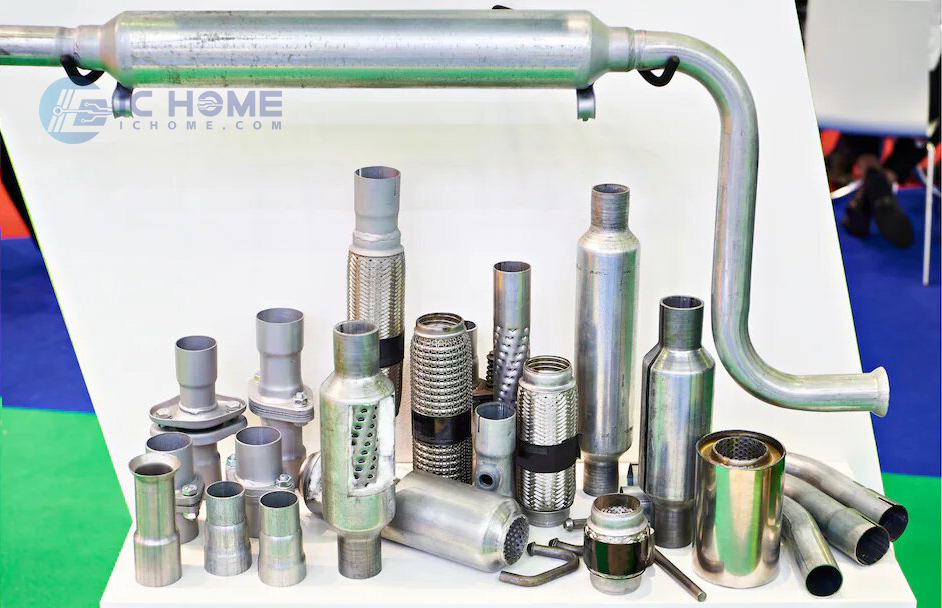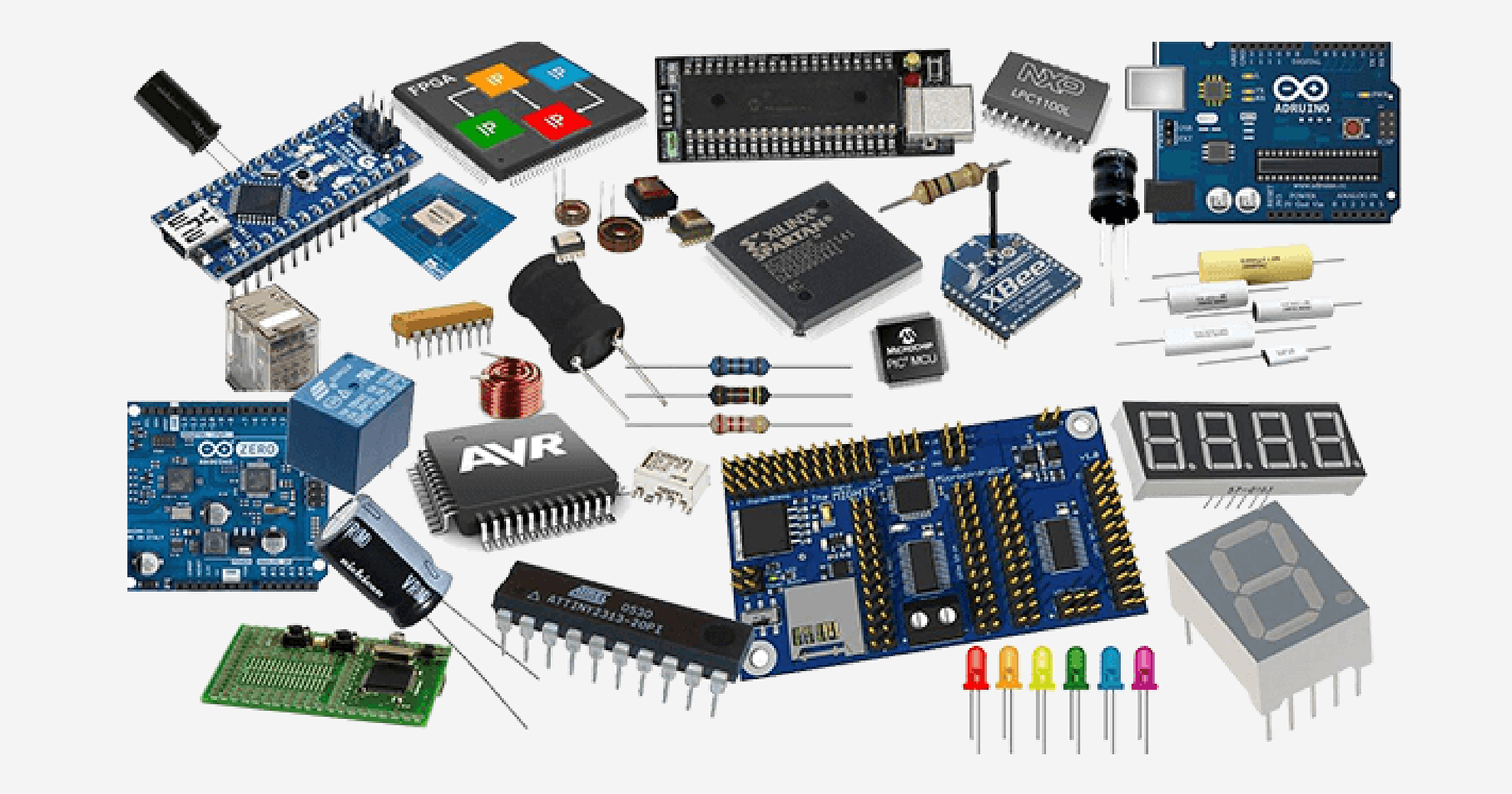Choosing the Right Resonator: Types and Applications
Resonators are critical components in modern electronics, widely used for generating and maintaining oscillations across a range of devices, from RF communications to consumer electronics. Innovations in resonator technology last to shape the industry, enhancing device performance and miniaturization while meeting new frequency demands. This article delves into popular resonator models, their specifications, applications, and packaging options, providing a practical guide for engineers, procurement professionals, and electronics industry specialists.

Resonator Types and Key Model Numbers
Resonators come in various forms, each suited to different applications and performance requirements. The main types include ceramic, crystal, and surface acoustic wave (SAW) resonators, each bringing unique characteristics to the table.
Ceramic Resonators: Like the Murata CSTCR series, are widely recognized for their low cost and compact size. These resonators provide high stability and are commonly used in automotive and consumer electronics for oscillation purposes in the range of 1–10 MHz. They are known for quick response and minimal heat generation, making them ideal for various embedded systems.
Crystal Resonators: High frequency precision and low drift, crystal resonators are essential in applications requiring high stability, like communications and timing circuits. The Abracon ABM3 and TXC 7M series are commonly used crystal models. Their performance at a stable frequency range of 32.768 kHz up to several MHz makes them indispensable in Bluetooth devices, microcontrollers, and IoT products.
Surface Acoustic Wave (SAW) Resonators: High-frequency applications, often in RF and mobile communication systems. Models like Epson’s SAW resonator series are notable for their high stability and small footprint. SAW resonators are typically used in filters and frequency-selective circuits operating above 100 MHz, which makes them critical in devices requiring high-frequency precision.
Applications of Resonators in Electronics
Resonators play a key role across diverse applications in the electronics field. They are essential in both consumer electronics and specialized industry products due to their frequency control and timing functions.
Consumer Electronics: Resonators are frequently used in household devices that require stable frequencies, such as TVs, radios, and personal audio devices. Ceramic and crystal resonators are particularly popular here due to their affordability and size, supporting a range of applications from clocks in microcontrollers to oscillators in TV circuits.
Automotive Systems: The automotive industry relies on resonators for stability in various electronic control units (ECUs). These include anti-lock braking systems (ABS), airbag control modules, and engine control units. High-temperature-resistant resonators, like Murata's CSTCE series, are often selected for their robustness and ability to handle harsh automotive environments.
Telecommunication: SAW resonators, with their high-frequency stability, are heavily utilized in wireless communication devices. These include mobile phones, routers, and other RF-dependent devices. The accuracy of these resonators helps minimize signal distortion, making them invaluable in applications requiring precise frequency selection and noise reduction.
Industrial and Medical Equipment: Resonators also play an integral role in industrial automation and medical equipment. For example, crystal resonators are widely used in precision instruments and medical devices that rely on accurate timing for data synchronization. In industrial automation, these resonators support synchronized operations across complex systems.
Specifications and Selection Criteria
When selecting a resonator for a project, it’s essential to consider factors like frequency tolerance, temperature stability, package size, and aging rate, as these impact the device's performance and lifespan.
Frequency Tolerance: This is the variance of the resonator's operating frequency, expressed as a percentage. Higher precision applications, like RF communication, typically require resonators with a tolerance as low as ±0.5%. In contrast, applications like microcontroller clocks in simpler circuits can tolerate a broader frequency range, allowing for cost-effective ceramic resonators with ±0.5% to ±1% tolerances.
Temperature Stability: Resonators must maintain consistent frequency across various temperatures, especially in automotive or industrial settings. For instance, crystal resonators exhibit exceptional temperature stability, with some models operating efficiently between -40°C and 85°C, making them ideal for rugged applications.
Aging and Frequency Drift: Over time, resonators can experience frequency drift due to factors like environmental exposure and internal stresses. Crystal resonators, such as the ABM3 series, are known for low aging rates and frequency drift, maintaining stability for long-term applications.
Package and Case Options: Resonator packaging options vary depending on application requirements. Ceramic resonators are available in compact, surface-mount packages like SMD (surface-mount device), which are popular for their space efficiency. Crystal resonators come in both through-hole and SMD configurations, with cases such as HC-49 or SMD 2520 for micro-sized applications. SAW resonators also come in hermetically sealed cases, providing robust protection for RF circuits.
Popular Resonator Packaging and Industry Standards
Packaging plays a crucial role in resonator performance, particularly in applications exposed to high temperatures or electromagnetic interference. Leading manufacturers offer resonators in various packaging formats that meet industry standards and ensure compatibility across devices.
SMD Packages: Surface-mount devices (SMD) are popular for applications requiring a compact footprint, and they offer ease of integration into PCB assemblies. Models like the Murata CSTCE resonate at a frequency of 8 MHz and come in an SMD format, making them ideal for high-density electronic assemblies.
Hermetically Sealed Packages: For high-frequency applications, hermetically sealed SAW resonators, such as those from Epson, provide strong electromagnetic shielding. This makes them perfect for sensitive environments where signal accuracy and stability are paramount.
Standardization and Compatibility: Resonator manufacturers adhere to standards such as RoHS and REACH, ensuring materials used are safe and environmentally compliant. Ensuring compatibility with international standards is crucial, especially for industries like automotive and medical, where regulatory compliance is mandatory.
Conclusion
In summary, resonators remain indispensable in electronics, powering everything from basic consumer electronics to high-frequency telecommunications and automotive systems. Selecting the right resonator type—whether ceramic, crystal, or SAW—depends on application-specific requirements like frequency stability, tolerance, and packaging. For engineers and procurement professionals, understanding the unique characteristics of each resonator type is essential for ensuring optimal performance and reliability in their applications.
For more information or to request a quote, please feel free to send us an RFQ.




